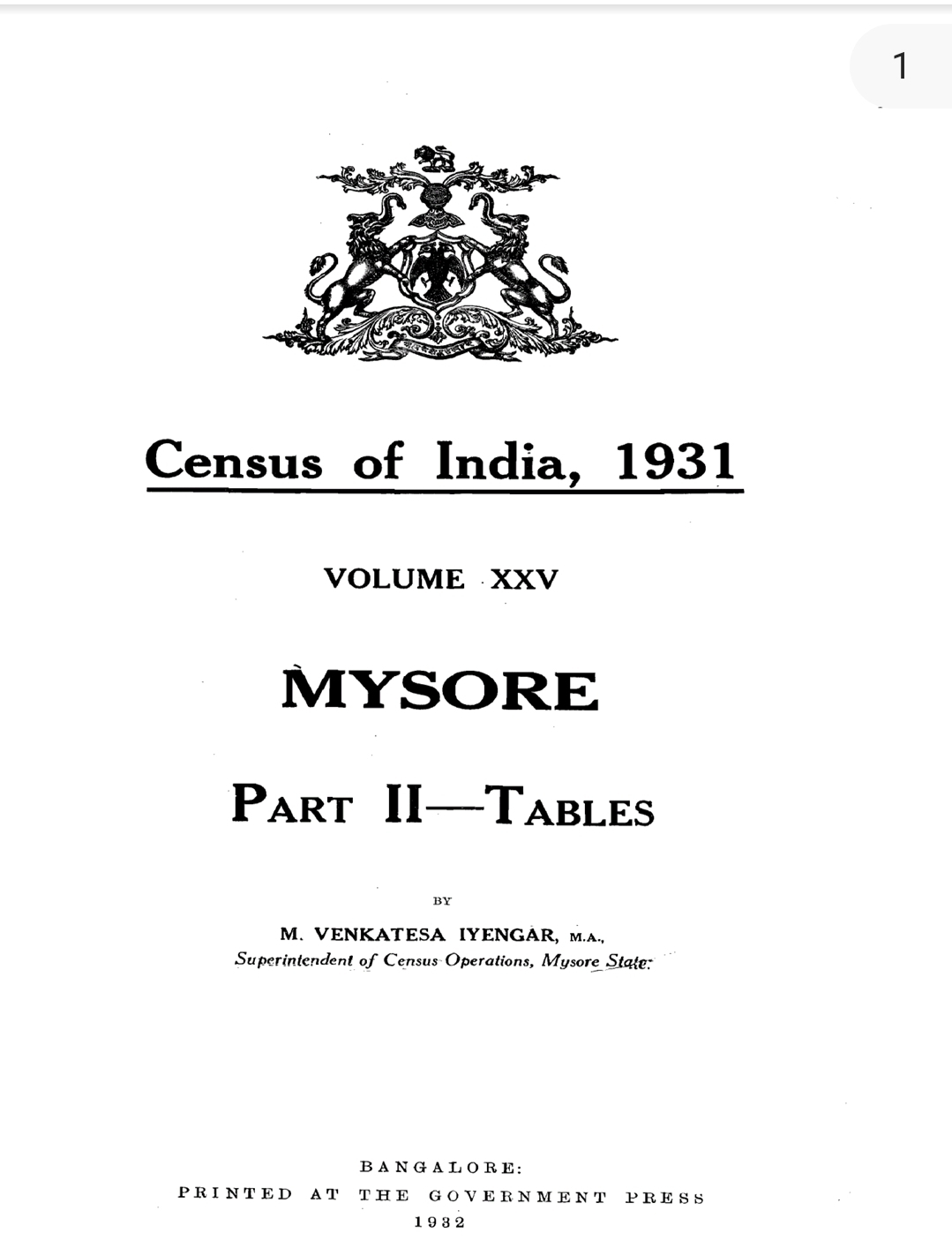"Sacred Sustenance: The Enduring Influence of Religion on Indian Food and Eating Habits Through the Millennia".
Religion and food have been two of the most important and deeply intertwined aspects shaping the eating habits of the average Indian over millennia. Indian food habits are profoundly influenced by religious beliefs, rituals, and cultural practices which shape dietary choices, restrictions, and food symbolism.
1.Religious Influence on Indian Eating Habits.
India's diverse religions impose specific dietary laws and customs:
Hindus largely follow vegetarianism, with beef being taboo due to the sacred status of cows. Many Hindus avoid eating food in places where religious dietary rules differ.
Jains are the most stringent, avoiding meat, root vegetables, alcohol, and anything that harms microorganisms, reflecting the principle of ahimsa.
Muslims adhere to halal dietary laws, forbidding pork and certain other foods.
Christians in India have distinct practices including roasted meats, salads, and baked dishes.
Buddhists mostly favor vegetarianism but may consume meat only if the animal died naturally.
This religious diversity results in varied dietary patterns and restrictions, shaping regional cuisine diversity.
2.Spiritual and Cultural Significance of Food.
Food in Indian religious traditions is not just sustenance; it holds spiritual significance:
Vedic texts from ancient times emphasize food as a sacred offering to deities and ancestors, with rituals like yajnas involving offerings of ghee, milk, and honey.
Food is categorized in Sanatan dharma as tamasic, rajasic, and sattvic, influencing mind and body health and spiritual purity.
Rituals govern how food is consumed, including purification practices and offering portions of food to gods, animals, and spirits.
Festivals, rites of passage, and daily worship often center around specific foods symbolizing purity, auspiciousness, and communal bonding.
Food carries karmic consequences and reflects identity and spirituality in Sanatan beliefs.
This relationship imbues food with symbolism beyond nutrition, connecting individuals to the divine and community through religious observance of eating habits.
3.Millennia of Impact on Indian Cuisine.
The influences of religion, caste, and cultural identity have created a rich variety of Indian cuisine marked by:
Predominant vegetarianism or selective meat consumption.
Diverse culinary practices shaped by religious teachings on non-violence, purity, and ritual.
Regional variations influenced by dominant religious communities and local traditions.
Integration of food preparation and consumption with spiritual practices, making food a medium for religious expression, social cohesion, and cultural transmission over thousands of years.
The caste system has historically had a profound influence on regional diets in India, shaping what different caste groups eat, how they prepare their food, and with whom they share meals. This caste-based food hierarchy has created deep social and dietary boundaries that persist even today.
Caste-based socioeconomic inequalities in India lead to significant disparities in food access, nutritional quality, and food security, especially for lower caste populations who face both economic and social barriers in securing adequate nutrition
Caste has been a defining factor in shaping regional diets across India, embedding food practices within a broader social framework of hierarchy, purity, and identity that continues to influence eating habits and food culture today.
Religion and food in India are inseparable forces that have continuously shaped eating habits through religious doctrines, ethical principles, ritualistic practices, and cultural values, maintaining a profound influence down the millennia in everyday life and cuisine.
"Just as a candle cannot burn without fire, men cannot live without a spiritual life."
#828





Comments
Post a Comment